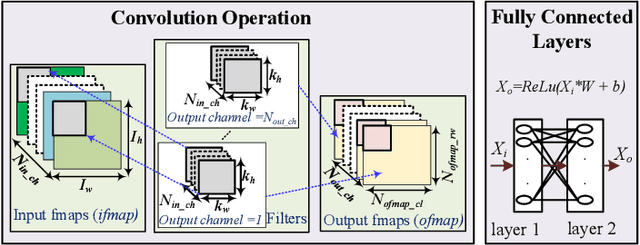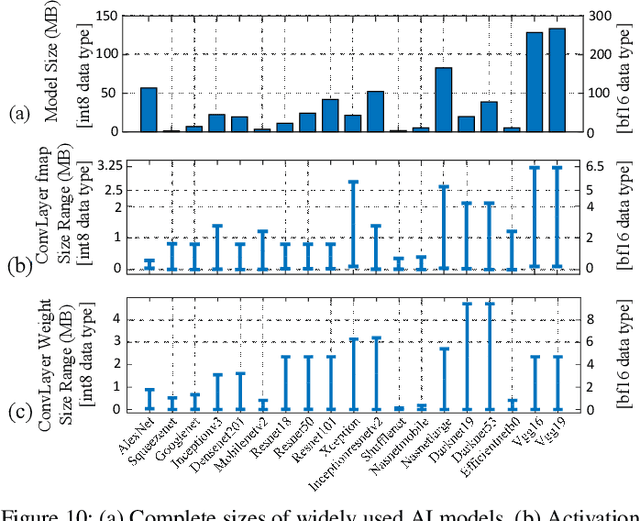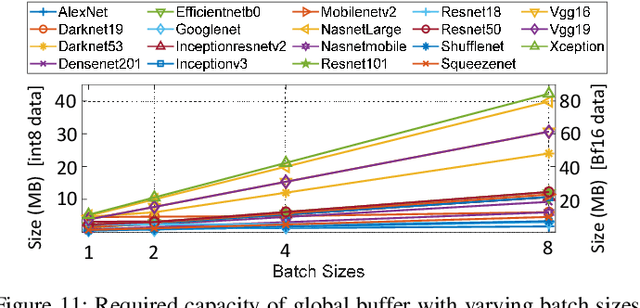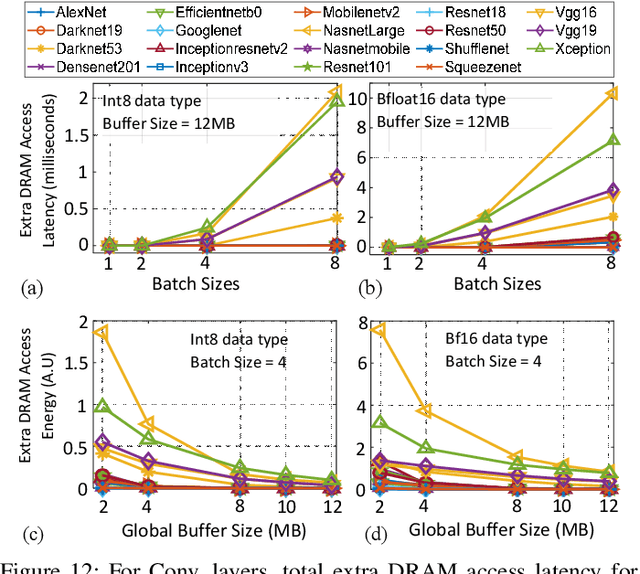Kaniz Mishty
SNNLP: Energy-Efficient Natural Language Processing Using Spiking Neural Networks
Jan 31, 2024Abstract:As spiking neural networks receive more attention, we look toward applications of this computing paradigm in fields other than computer vision and signal processing. One major field, underexplored in the neuromorphic setting, is Natural Language Processing (NLP), where most state-of-the-art solutions still heavily rely on resource-consuming and power-hungry traditional deep learning architectures. Therefore, it is compelling to design NLP models for neuromorphic architectures due to their low energy requirements, with the additional benefit of a more human-brain-like operating model for processing information. However, one of the biggest issues with bringing NLP to the neuromorphic setting is in properly encoding text into a spike train so that it can be seamlessly handled by both current and future SNN architectures. In this paper, we compare various methods of encoding text as spikes and assess each method's performance in an associated SNN on a downstream NLP task, namely, sentiment analysis. Furthermore, we go on to propose a new method of encoding text as spikes that outperforms a widely-used rate-coding technique, Poisson rate-coding, by around 13\% on our benchmark NLP tasks. Subsequently, we demonstrate the energy efficiency of SNNs implemented in hardware for the sentiment analysis task compared to traditional deep neural networks, observing an energy efficiency increase of more than 32x during inference and 60x during training while incurring the expected energy-performance tradeoff.
Attacking Deep Learning AI Hardware with Universal Adversarial Perturbation
Nov 18, 2021



Abstract:Universal Adversarial Perturbations are image-agnostic and model-independent noise that when added with any image can mislead the trained Deep Convolutional Neural Networks into the wrong prediction. Since these Universal Adversarial Perturbations can seriously jeopardize the security and integrity of practical Deep Learning applications, existing techniques use additional neural networks to detect the existence of these noises at the input image source. In this paper, we demonstrate an attack strategy that when activated by rogue means (e.g., malware, trojan) can bypass these existing countermeasures by augmenting the adversarial noise at the AI hardware accelerator stage. We demonstrate the accelerator-level universal adversarial noise attack on several deep Learning models using co-simulation of the software kernel of Conv2D function and the Verilog RTL model of the hardware under the FuseSoC environment.
Designing Efficient and High-performance AI Accelerators with Customized STT-MRAM
Apr 06, 2021



Abstract:In this paper, we demonstrate the design of efficient and high-performance AI/Deep Learning accelerators with customized STT-MRAM and a reconfigurable core. Based on model-driven detailed design space exploration, we present the design methodology of an innovative scratchpad-assisted on-chip STT-MRAM based buffer system for high-performance accelerators. Using analytically derived expression of memory occupancy time of AI model weights and activation maps, the volatility of STT-MRAM is adjusted with process and temperature variation aware scaling of thermal stability factor to optimize the retention time, energy, read/write latency, and area of STT-MRAM. From the analysis of modern AI workloads and accelerator implementation in 14nm technology, we verify the efficacy of our designed AI accelerator with STT-MRAM STT-AI. Compared to an SRAM-based implementation, the STT-AI accelerator achieves 75% area and 3% power savings at iso-accuracy. Furthermore, with a relaxed bit error rate and negligible AI accuracy trade-off, the designed STT-AI Ultra accelerator achieves 75.4%, and 3.5% savings in area and power, respectively over regular SRAM-based accelerators.
 Add to Chrome
Add to Chrome Add to Firefox
Add to Firefox Add to Edge
Add to Edge